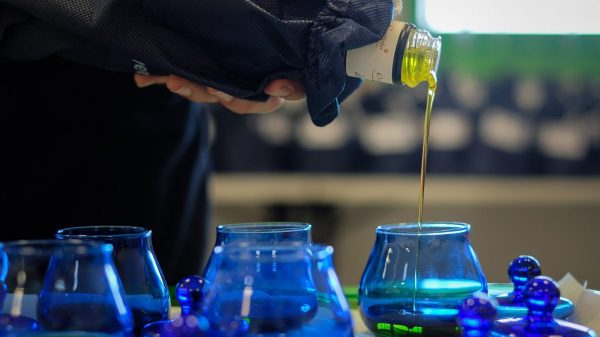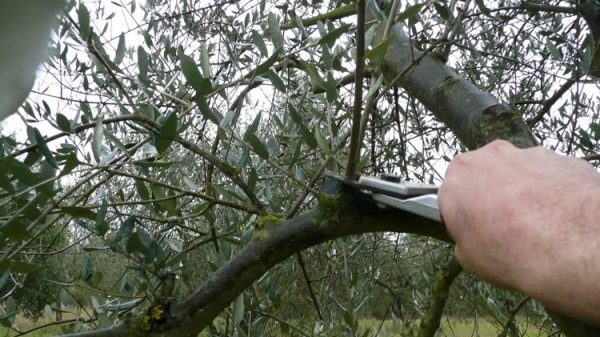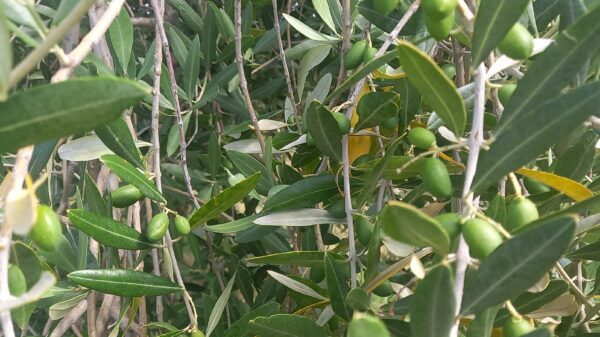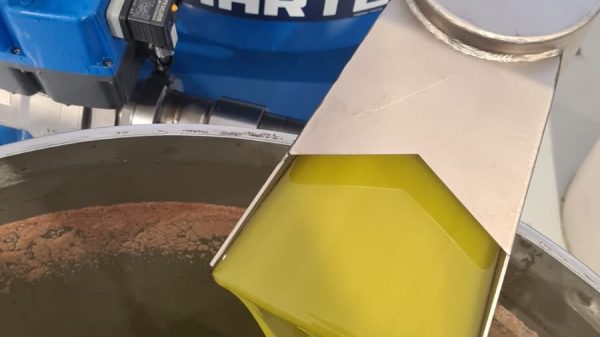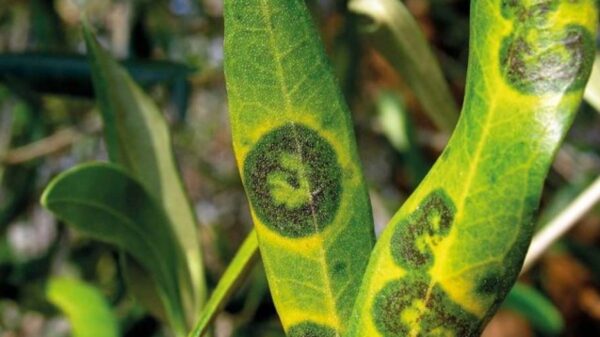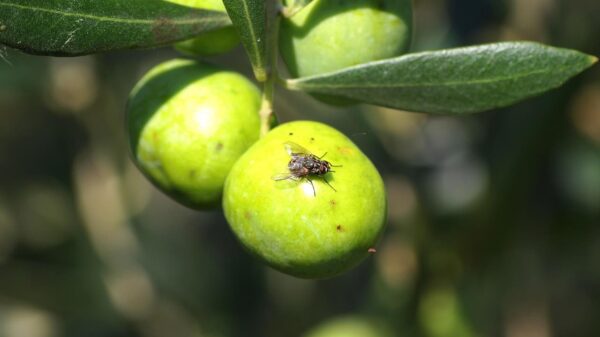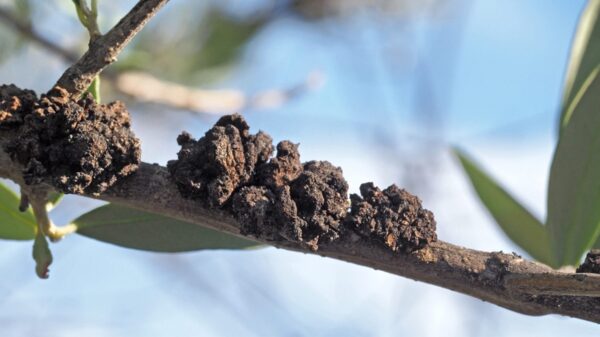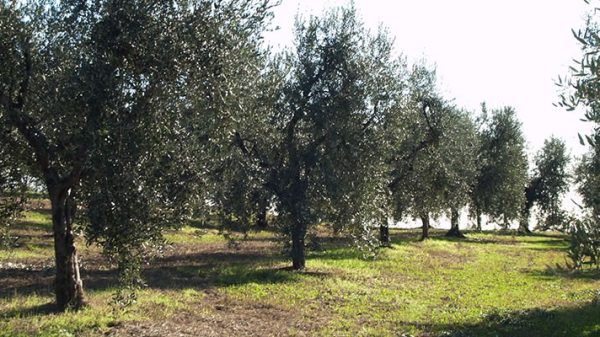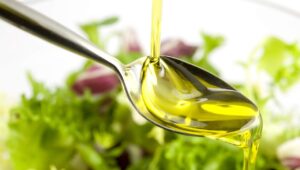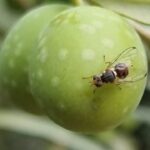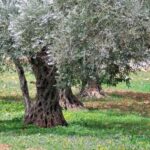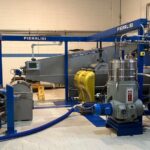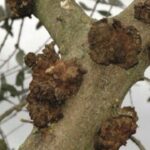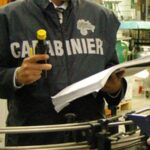Il boron it's a important micronutrient for the olive tree and, even if it requires a limited quantity compared to other macroelements, it is, however, essential for its growth and development. The boron needs of the olive tree can vary depending on several factors, including the variety of the olive tree, soil conditions, climate and cultivation practices.
Boron is an element of cell walls, it is involved in various metabolic processes, such as the transport of sugars, the synthesis of phenols, auxins, nucleic acids, it promotes the integrity of cell membranes and the regulation of water flows within the cells.
The role in pre and post flowering
Boron also plays an important role in the pre- and post-flowering phases and this is where the olive grower's interest arises. In these two vegetative stages Boron performs crucial functions before purchasing, in pollination then in the development of pollen buds, which are important to obtain good productions.
Boron is, in fact, implicated:
1. in the synthesis and structure of pollen grains, which are essential for good fertilization;
2. in maintaining the liveability of the pollen, i.e. its ability to germinate and fertilize the ovule, without its adequate supply, the pollen could be less fertile or even not function correctly;
3. in the pollination process helps to retain pollen on the pistils, promoting contact between the pollen and the ovules and thus facilitating fertilization;
4. after the pollen has settled on the stigma, a pollen tube is formed which grows through the style to the ovule and here boron is involved in the growth and development of this pollen tube, ensuring that it can successfully reach the ovule for fertilization;
5. once fertilization has taken place and in the subsequent fruit setting phase Boron is involved in the synthesis of cell wall components that form the structure of the small olive in the first phase of its development.
Boron is found in the soil in concentrations ranging from 20 to 200 mg per dry kg, comes from the breakdown of organic substances and occurs as oxy-compounds, such as borates, boric acid, boron oxide and sodium borate. The amount of boron released from organic matter can vary depending on several factors, such as the type of organic matter present, the pH of the soil and climatic conditions.
Once released from the starting organic matter, boron can once again connect to other organic compounds in the soil, such as humic acids and fulvic acids, and form stable complexes with them, which would help prevent losses due to leaching and make it more available to the roots. of the olive tree.
But there is Problem: Much of the soil's boron supply becomes unavailable due to its soil pH, which affects its chemical form and mobility and this, in turn, affects its availability to roots. In soils with a neutral pH, around 7, boron availability is generally good, it is soluble enough to be accessible to plant roots. As the pH of the soil tends to exceed the neutral level, above 7 to around 8, the solubility of boron decreases and it tends to bind to insoluble compounds, making it less available to plants. The same happens when the pH drops towards acid up to 6.
In generally alkaline or acidic soils, although boron may be present in the soil, it is not easily accessible to the roots, because it binds with other particles present in the soil, such as iron and aluminum oxide, or forms insoluble compounds , then the presence of clays and silicates further reduce its availability.
Foliar fertilization
It becomes like this It is necessary to evaluate the need to intervene with boron-based fertilizations before and after flowering, in order to put the plants in the conditions to express themselves at their best. The best method of administering boron is by foliar fertilizations, which also combines with nitrogenous ones, in this way the microelement is quickly absorbed by the leaves and translocated towards the floral organs. The foliar intervention must take place at least ten days before flowering, so as to give the plant time to redistribute the element in the tissues. The subsequent post-flowering intervention will improve fruit set and reduce early fruit drop.
Boron is absorbed by the plant following the processes of adsorption and absorption, adsorption involves the attraction and adhesion of boron to the solid or liquid surface, it does not penetrate inside but remains on its surface. Absorption, on the other hand, refers to the process in which boron crosses the leaf surface and is transported through the vascular tissues of the plant, such as the phloem, to the different parts of the plant where it binds to organic molecules, forming complexes that play roles important in the regulation of metabolic processes.
Foliar fertilization must be done with a solution containing boron at a concentration not exceeding 0,1%, approximately 100 g/hl.
AIPO Director
Interregional Association
Olive producers
Browse for free L'OlivoNews click , here.

